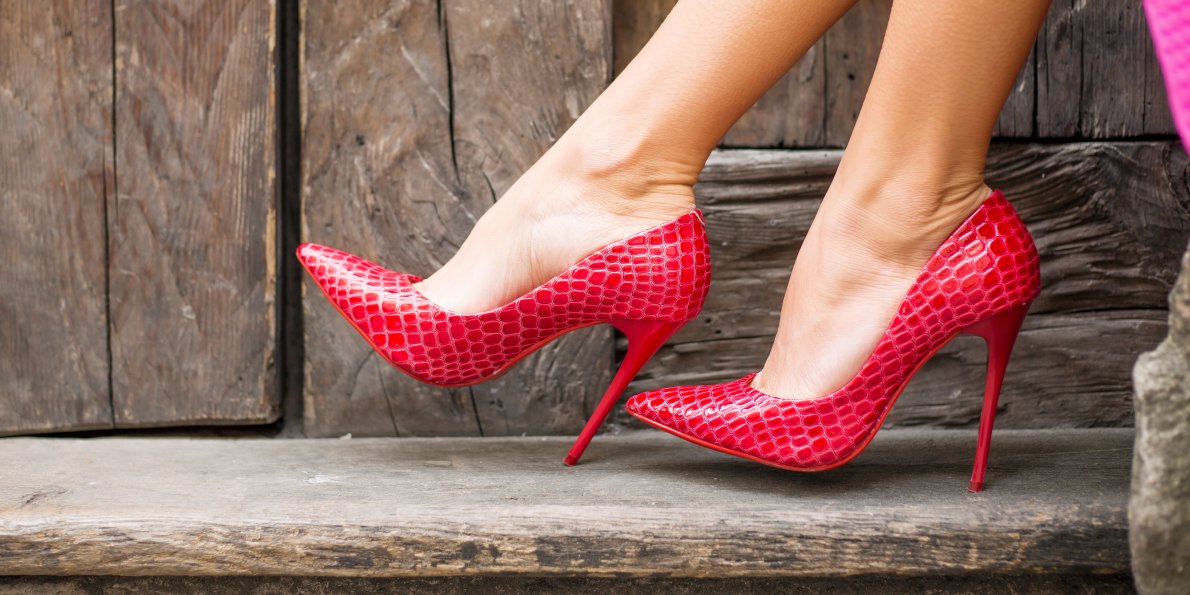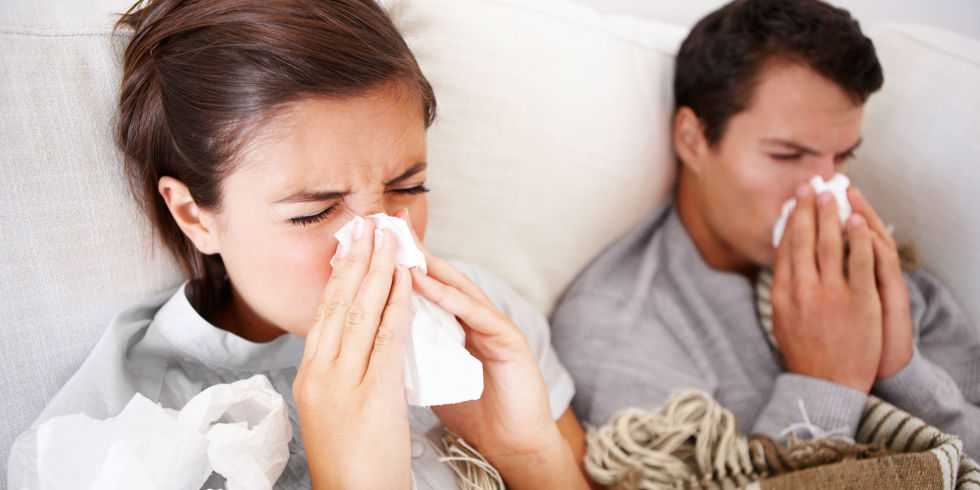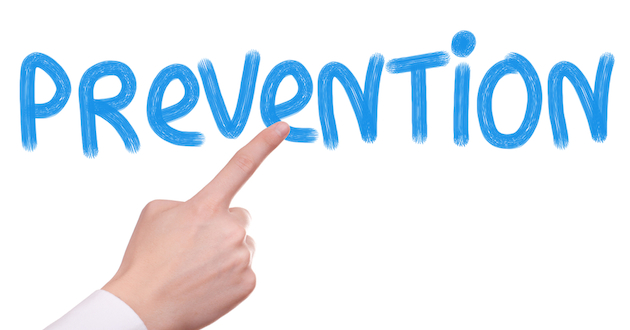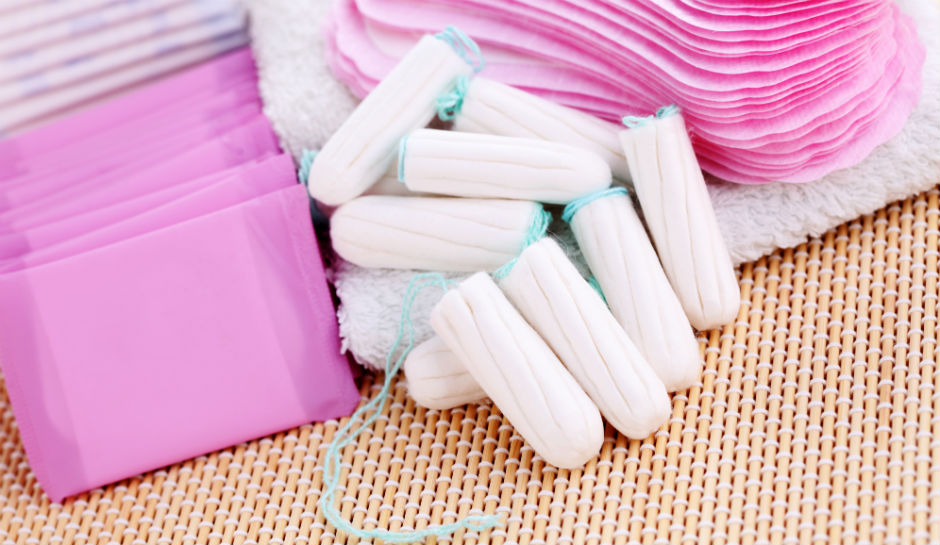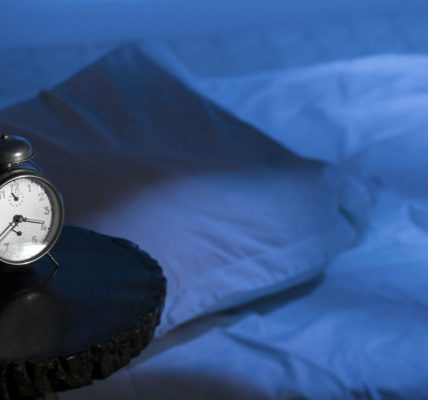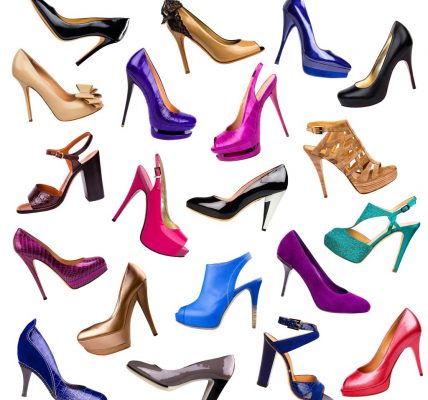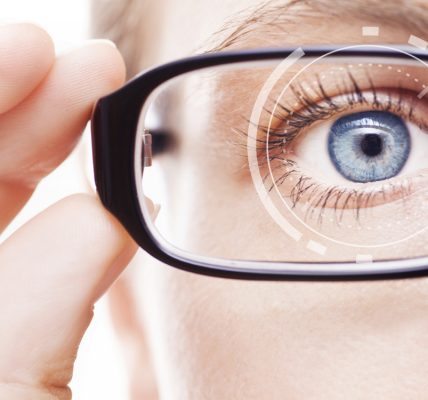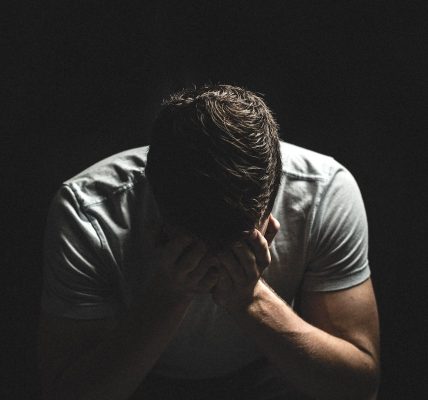On any given night of the weekend, you’ll see women teetering around on dangerously high heels. In the workplace, you see women in pumps, and there are others who stroll through the mall in colorful wedges and platform sandals. Heels are an integral part of many women’s closets, and despite the fact that they may be quite uncomfortable, women choose to wear them anyways for the sake of fashion. I’m no exception, more than half of the shoes in my closet are heels. After hearing many warnings that wearing heels too often can lead to a lot of problems for your body, I decided to look into the subject more.
Some of the immediate negative effects of wearing heels include foot pain, blisters, and mild swelling. Other long-term effects are more serious. Wearing heels pushes your spine out of alignment and causes your body’s weight to be redistributed. Your body’s center of weight is shifted forward, increasing the force applied on your knees, calves, feet, and lower back. To stabilize your body in this new position, you have to adjust your back, hips, and shoulders to stand up properly, which can cause pain in the lower back. Additionally, over time, the extra force on the ball of the foot can result in joint pain.
You walk with a different posture when wearing heels: some people feel that they walk more confidently and authoritatively in their pumps or stilettos, which encourages them to wear them more. However, this change in posture adds more force to the knee joint, and this extra pressure and force may lead to osteoarthritis.
People wearing heels tend to walk in shorter, more forceful strides. One inch heels add 22% more pressure on your forefoot, which increases to 76% with three-inch heels. Walking with your feet at a different angle causes muscles in the calf to shorten and tighten, and heels cause you to hold your feet in a flexed, pointed position. Your muscles can stay tightened like this even when wearing flat shoes or going barefoot. The increase of strain on the calf can cause the muscles to shorten. When the foot is angled upwards, as it is when wearing high heels, the Achilles tendon becomes tighter. Higher heels cause more muscle contraction, resulting in heel pain.
Aside from muscular damage, excessive high-heel wear can lead to physical deformities as well. One common side effect is bunions. A bunion is the bony growth that forms at the base of the big toe caused by shoes, most notably heels, which push the big toe in towards the other toes. When the big toe is angled in towards the foot like that, the pressure causes surrounding tissue to swell, and the metatarsal bone pushes out slightly, which causes the bump.
Shoes with narrow or tight toes can cause a condition called “hammertoes,” in which the muscles in the toes are so used to being pushed and contracted that it becomes impossible to straighten them out, even when not wearing tight or constrictive shoes. When the muscles are forced into the tightened position over time, it will be harder to straighten them out and will become impossible over time. There are corrective devices you can wear to help straighten the toes out, but other effects of hammertoe include a callus forming on the sole of the toe and a corn (patch of thickened skin) developing on the top of the toe
A third and final example is Haglund’s deformity, a bony enlargement on the back of the heel that arises as a result of shoe backs or straps rubbing against and irritating the area excessively. It is also referred to as “pump bump,” because the rigid backing of pumps tends to rub harshly against the skin, causing this deformity.
As an avid high-heel wearer, I always knew wearing heels wasn’t very good for your body. I have blisters and scars caused by various heels, but I didn’t think there were unseen or long-term damages caused by my favorite shoes. Some of the negative affects caused by overwear of high heels can continue to affect your feet even when you aren’t wearing heels, so it is best to limit how often you wear them. Save heels for nights out or fancy occasions, not everyday wear. Additionally, if you work in a setting where tennis shoes or sandals aren’t permitted, try substituting a pair of nice flats instead of heels, or commute to work in walking shoes and switch to heels when you get there. To combat other negative effects of high heels, try a couple foot stretching exercises after a day of high-heel wear.
With most people, occasional wear of heels won’t result in too much physical damage, but regular wearers might want to reconsider some of their footwear options.
Article by Loreen Atallah
Feature Image Source: Business Insider
